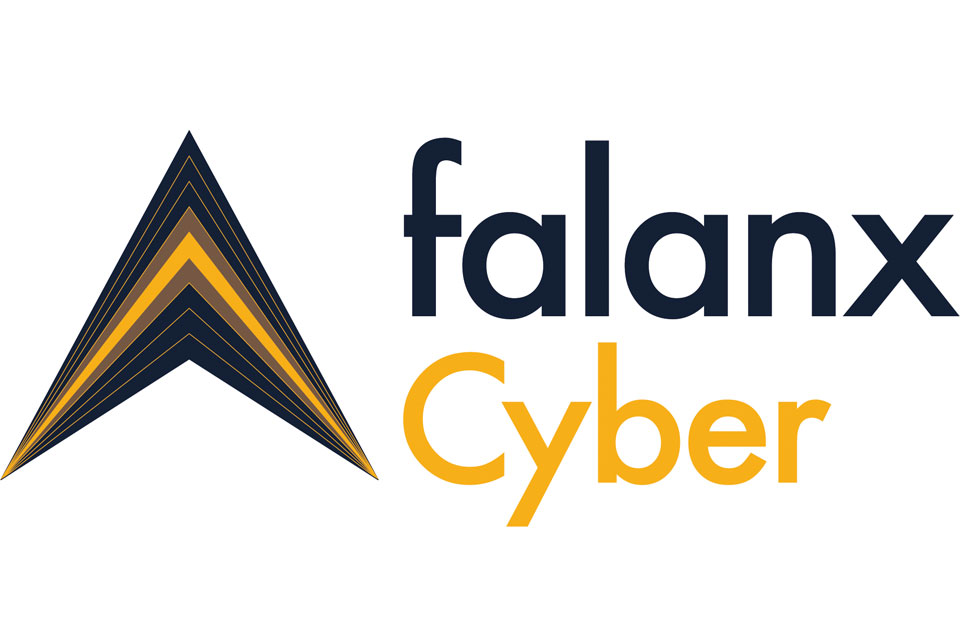The role of network cameras as sensors to support digital transformation
https://cybersecureforum.co.uk/wp-content/uploads/2023/03/digitization-4770296_1280-2.jpg 960 640 Guest Post Guest Post https://secure.gravatar.com/avatar/cb2a67f15cd7d053d8e638a1df3fd67f?s=96&d=mm&r=gAxis Communications’ Linn Storäng explains how high-quality video data on open IT architecture might support the digital transformation of business functions…
To think of the network camera – an essential part of any company’s security infrastructure – as being a tool for security purposes alone could be a missed opportunity. Today’s cameras are versatile IoT devices capable of offering a number of additional benefits through analysis of high-quality video data that can be used to accelerate and enhance digital transformation efforts. The key to discovering that potential is to refocus; if a camera can see it, your systems can act upon it.
Digital video is not simply about security – it is also an extraordinary source of data. Over the years network cameras have been bolstered by higher grade image quality, improved bandwidth efficiency, and more powerful processing both on board and in the cloud, while the addition of advanced analytics and AI capabilities adds a wealth of functionality. And when wedded to open IT architecture that paves the way for ease of integration, a world of smarter possibilities awaits.
Benefits of the camera as a sensor
Thinking of network cameras as sensors and applying analytics to video data can help identify trends that develop over time, or highlight issues and insights in real time, all without requiring a human to constantly survey the output. Properly applied, that data may also be valuable in building predictive models which can help improve future efficiency or discover brand new directions for your IT provision or the business.
Cameras can provide secondary security reassurance, monitor critical systems for temperature changes, ensure production lines are running efficiently and even detect the early signs of an outbreak of fire. Ease of deployment and integration means cameras can be employed on a smaller scale, keeping a digital eye on otherwise difficult-to-access equipment, and simultaneously on a wider scale, using their vast field of view to monitor large areas.
Exploiting camera data in this way may reduce complexity, removing the need to install and administer additional banks of sensors. It may, conversely, help existing granular sensor data to be enhanced and contextualised. It can help the introduction of novel functions, adding value to digital transformation efforts without incurring further costs.
Important considerations for platform selection
However, the picture isn’t, perhaps, quite that clear. The ubiquity of cameras means they are theoretically straightforward to integrate into a digital transformation effort, but that all-important data must be reachable in a safe way. The camera’s hardware, firmware and ecosystem need to be flexible enough to support whatever application your business wishes to build – open enough to be useful, but robust enough not to present a risk.
They must also be accessible by all entities that need that access – be they personnel, third-party integrations, or bespoke applications – opening as many data points as possible without exposing security holes. To be effective, cameras should be deployed as part of an overall IT infrastructure rather than being siloed into merely acting as part of a security function or chosen without consideration of additional use cases. This also helps to guarantee that such hardware can be properly managed and updated over its lifetime.
To that end, today’s cameras should be backed by dedicated support whenever and wherever it is required. These devices must be cybersecure. Firmware that keeps pace with the latest threats is crucial when using IoT devices in a corporate setting, but rolling out a firmware update to a network of hundreds or perhaps thousands of mission-critical cameras is no trivial task.
Good network cameras are those which offer administrative control, a considered upgrade path which suits your business but can react quickly to new threats, and the tools to make applying such upgrades as simple as possible – all while leaving third-party integrations intact and unharmed. And these decisions must be made when considering product lifecycles too; long-term support and sustainability may be one of the most vital properties of a network camera given the expense and upheaval of purchasing and installing hardware.
A new generation of IP cameras
The network camera space has grown to meet the needs of its traditional users and this new set of wider IT use cases. Cameras can now routinely integrate neatly with, for example, DCIM systems to help the creation of bespoke applications. They can include features like visual overlays which make alerts and analytics clear and concise. Today’s cameras are built to be lean, with technology designed to minimise energy use, demand minimal network bandwidth, and even reduce the load on cloud servers by performing complex computation on the edge – all while simplifying maintenance through secure tools which smooth the process of managing large networks of IoT devices.
Cameras should not only be included in your digital transformation plan but should also become a core part of it. The potential of digital video, and the number of solutions edge processing and hardware integration can offer, is growing fast. Video analytics offers accurate, fast results – and even if your transformation is in the early stages, building a strong infrastructure now opens doors for a smarter future.
Learn more about how network cameras can support your digital transformation agenda
About the Author – Linn Storäng, Regional Director Northern Europe, Axis Communications
Linn has held senior positions within strategic roles at Axis Communications for the past 5 years, recently becoming Regional Director for Northern Europe. Linn is a strategic thinker who likes to be very closely involved with business and operations processes, leading by example and striving to empower colleagues with her positivity and passion for innovation. Linn relishes the ongoing challenge to find new ways to meet the needs of her customers, and strives to forge ever stronger relationships with partner businesses. Prior to joining Axis, Linn held senior sales and account management roles within the construction industry.


